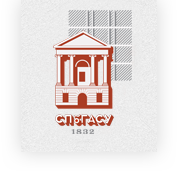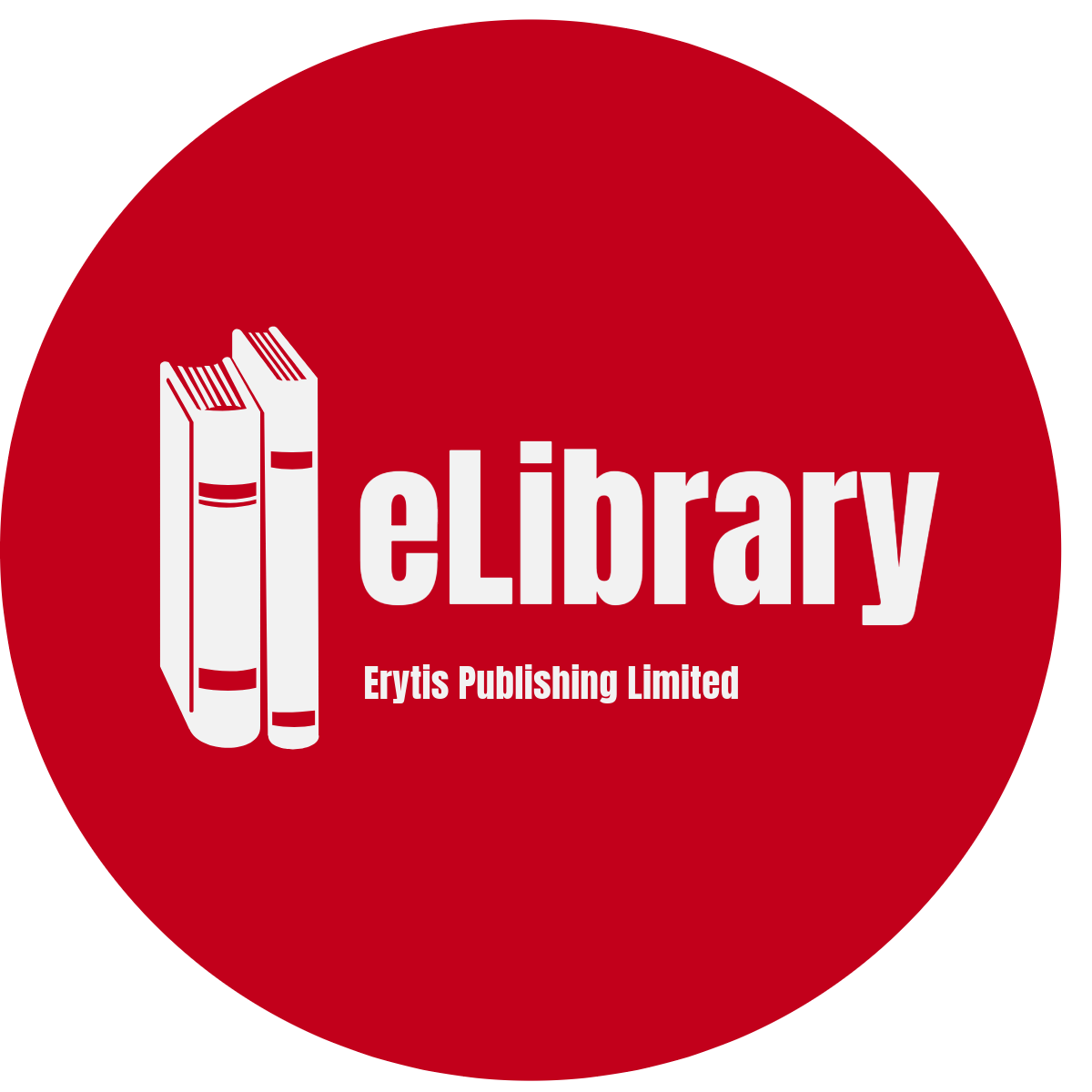




![]()
![]()
![]()
![]()


![]()
![]()


HOME
建筑学辑要 Compendium of Architecture (ISSN Print: 3079-5583, ISSN Online: 3079-5591) is an international, peer-reviewed Open Access (OA) journal dedicated to advancing interdisciplinary research, innovative practice, and social responsibility in architecture. Encompassing architectural design, theory, urban planning, landscape architecture, building technology, cultural heritage conservation, and sustainable design, the journal serves as a global platform for scholars, architects, policymakers, and the public to address challenges in urbanization, climate crises, and cultural diversity. By integrating humanities, engineering, and environmental sciences, Compendium of Architecture explores innovative paradigms for spatial design and fosters inclusive, resilient, and ecologically intelligent built environments.
Scope and Topics
The journal welcomes submissions across all domains of architecture, emphasizing academic rigor, practical value, and societal impact. Key areas include but are not limited to:
- Architectural Design & Theory:
- Innovative design methodologies, parametric design, and digital generative technologies (BIM, AI-aided design)
- Regional architecture, vernacular design, and cultural expression in a globalized context
- Public space design, community participatory planning, and social equity studies
- Architectural History & Heritage Conservation:
- Architectural historiography, stylistic evolution, and cross-cultural comparisons
- Heritage conservation techniques, restoration materials science, and adaptive reuse of historic buildings
- Intangible cultural heritage and the transmission of cultural memory in built environments
- Urban Planning & Landscape Architecture:
- Smart cities, resilient urban planning, and climate-adaptive design
- Ecological landscape planning, blue-green infrastructure, and biodiversity restoration
- Urban renewal, industrial heritage transformation, and post-industrial landscape revitalization
- Building Technology & Sustainability:
- Green building technologies, net-zero architecture, and circular economy materials
- Building performance simulation (lighting, energy, acoustics), smart building systems, and IoT integration
- 3D-printed architecture, modular construction, and low-carbon construction techniques
- Architectural Humanities & Interdisciplinary Studies:
- Phenomenology of space, spatial politics, and critical architectural theory
- Cross-disciplinary research bridging anthropology, sociology, and art
- Emergency architecture and temporary shelter design in contexts of conflict and disaster
- Emerging Fields & Digital Innovation:
- Metaverse architecture, virtual space design, and digital twin technologies
- Generative design algorithms, machine learning-driven form optimization
- Architectural robotics, drone surveying, and AR/VR applications in architectural education
Journal Features
- Open Access: Freely available under a Creative Commons CC BY 4.0 license, promoting global knowledge sharing.
- Rigorous Peer Review: Double-blind review by internationally renowned scholars, practicing architects, and interdisciplinary experts.
- Interdisciplinary Integration: Synthesizes architecture, engineering, data science, and environmental studies.
- Data Transparency: Supports open datasets (e.g., building models, energy data) and code sharing (GitHub, Blender communities).
- Multilingual Support: Accepts submissions in English and Chinese (Chinese requires an English abstract).
Target Audience
Architectural scholars, designers, urban planners, landscape architects, heritage conservationists, academics, and policymakers, fostering an ecosystem of academic-practical collaboration.
Submission Guidelines
- Submission Types: Original research, design practice reports, theoretical critiques, case studies, and technical methodologies.
- Language Policy: Submissions in English or Chinese must include an abstract and keywords in the other language.
- Ethical Standards: Declaration of conflicts of interest, research ethics (e.g., community engagement protocols), and data sources (e.g., fieldwork data).
- Formatting: Follow journal templates (available online); include design drawings, renderings, and multimedia materials (videos, interactive models).
Publication & Indexing
- Rapid Dissemination: Online First publication ensures timely visibility (average review cycle: 1-3 weeks).
- Multimedia Supplements: Supports video abstracts, 360-degree spatial walkthroughs, and parametric algorithm code.
Special Sections
- Pioneering Sustainable Design: Global case studies on net-zero communities and ecological architecture.
- Heritage Revitalization Initiatives: Clash and fusion of historic districts, intangible heritage, and modern design.
- Digital Fabrication Experiments: Aesthetic and technical explorations in algorithm-generated architecture and robotic construction.
Compendium of Architecture invites global architects to reshape the future of human habitation through design—where space becomes a symphony of culture, ecology, and technology.



Erytis Publishing Limited
Always Open for Submissions
Peer-review
Online First
Open Access
Your work will be permanently available online, free to download, share and read
 Copyright © 2025 by authors and Erytis Publishing Limited.
Copyright © 2025 by authors and Erytis Publishing Limited.
Copyright and Licensing
Articles published by Erytis Publishing Limited journals are under a Creative Commons Attribution 4.0 International (CC BY 4.0) (https://creativecommons.org/licenses/by/4.0/) license, allowing users to copy, distribute and transmit an article and adapt the article and make commercial use of the article. The CC BY license permits commercial and non-commercial re-use of an open access article, as long as the author is properly attributed. This ensures that the work gets maximum exposure, and the authors receive due credit for their contribution.
Copyright on any open access article published by Erytis Publishing Limited is retained by the author(s). Authors grant Erytis Publishing Limited a license to publish the article and identify itself as the original publisher. Authors also grant any third party the right to use the article freely as long as its original authors, citation details and publisher are identified.





